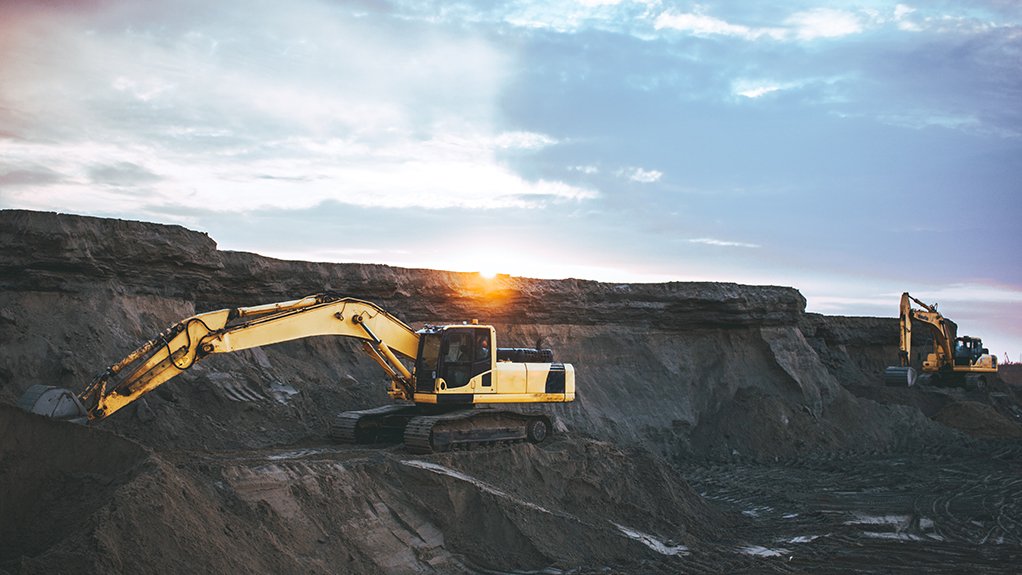The increased implementation of mining and industrial private Long Term Evolution (LTE) networks is set to drive greater advances in automation, enabling improved productivity and efficiency on sites. Technological advances are said to have the potential to future-proof mines and factories against risks, boost innovation and improve safety.
Sedna Industrial IT Solutions MD Anton Fester highlights significant digital advances across sectors, including primary industries in South Africa.
“We may all be focusing on the negatives like rolling power cuts and inflation – and rightly so and these are devastating to businesses and the economy – but we must not ignore the green shoots developing. For instance while 5G is all the rage, 6G and 7G (or so-called xG) will be next on the horizon,” says Fester.
“From my perspective being close to how we are innovating and harnessing data solutions within mines in Africa, these are very exciting times and one area of change will be critical communications ushered in by a growing use of LTE private wireless networks. I expect underground LTE to be a game-changer on mines and other industrial sites, taking them beyond the less reliable underground WiFi options. Also expect to see a rise in spectrum strategies for strategic industries and bespoke customer use cases in this environment,” he adds.
The company notes that its recent partnership with Nokia saw LTE private wireless networks installed and supported to deliver safer, more efficient, and productive solutions in operational areas in South Africa. The networks were built around a solution design and identification of a suitable device ecosystem, using local expertise.
“ … We have also deployed Africa’s first underground leaky feeder licensed spectrum LTE private wireless network (a “leaky feeder” is a communications system used in underground mining and other tunnel environments based upon coax cables). This system provides seamless communication underground and from underground to the surface. It does not refer to leaks in the normal sense either, but just that the coax cables in the tunnels have gaps in their outer conductor so radio signals can radiate or “leak” in or out. It is a great example of smart digital technology in action to improve efficiencies and safety in mines,” says Fester.
Sedna also recently partnered with satellite company Globalstar to harness mid-band spectrum resource Band 53 in Africa, to help protect mining assets, improve data connectivity in remote areas and improve worker safety.
The company asserts that technology can be used to greatly improve worker safety, with solutions that enable the tracking and monitoring of workers deep underground. The systems can also be used to detect physical stress and fatigue by monitoring core body temperature and heart rates.
Sedna highlights the use of technology and data in solutions that enable companies to reduce their carbon footprint and advance environmental, social and governance initiatives.
“There is no doubt that spectrum is sorely needed for progress in Africa as everyone pushes for faster and more reliable speeds and the inherent benefits of 5G. More and more bandwidth will be needed as we move towards 6G and 7G and even further. As all these advances take shape there will be an increased need for strategic, smart spectrum deployment strategies. Companies should not wait before getting going with these deployments, or they will be truly left behind,” concludes Fester.
EMAIL THIS ARTICLE SAVE THIS ARTICLE
To subscribe email subscriptions@creamermedia.co.za or click here
To advertise email advertising@creamermedia.co.za or click here













